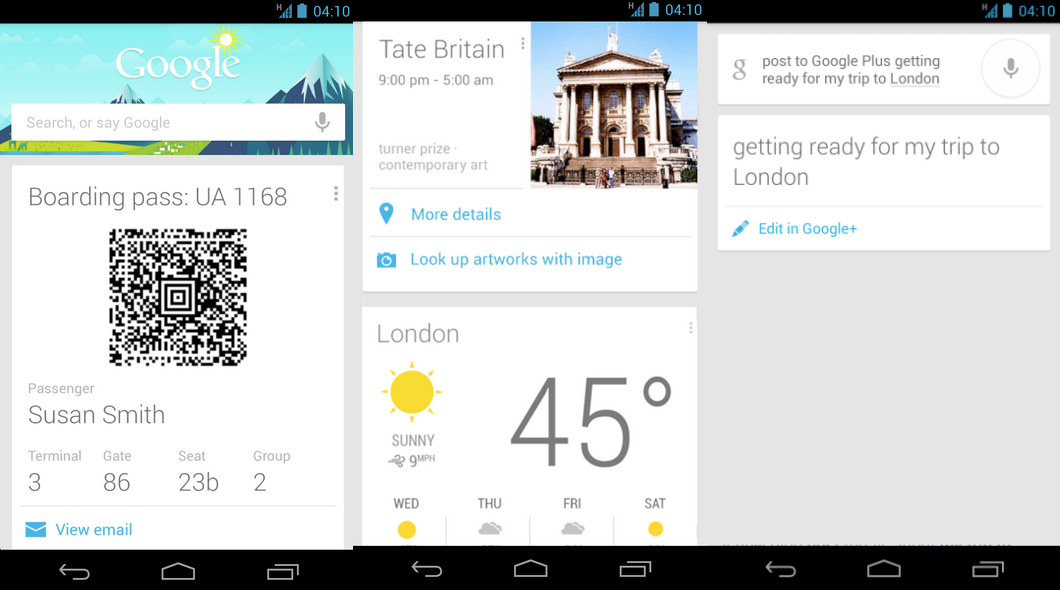While teens and 20-somethings opt for the short and ephemeral—text messaging, tweeting, and sharing Instagrams, Snapchats, and Vines—the digital textual community where many of the rest of us spend too much of our time is within the confines of our email client. God knows we don’t do this by choice, but due to the exigencies of work, it’s how we communicate and interact on a broad range of topics from the mundane (setting times for meetings) to the substantive.
Two years ago I got an email from a designer in my company. Although short, only four paragraphs, the email comprised a number of discrete issues and I realized how complicated the discussion would become. Yes, I could respond interstitially, placing each comment below the text it referred to. But my colleagues might or might not respond in kind. Some of them prefer to make their comments at the beginning, some at the end. And of course there is the problem of timing. If two of us make relatively simultaneous comments, things rapidly get out of hand in terms of keeping track of who said what, in response to what, when. By the end of the day we would be spending as much or more time and brain power unpacking the thread than dealing with the subject matter at hand. Or to put it another way, the structure of the communication in email has a way of unintentionally becoming the primary subject.
So, I tried an experiment. I put the four paragraphs into a SocialBook document. The advantages were immediately obvious:
- Since there was only one instance of the document (not multiple as there is in email), everyone’s contribution was represented in a very clear time order. There was no doubt as to what had been said when.
- Because SocialBook allowed us to respond to specific text strings, it was very easy to focus the conversation at exactly the right nodes.
- SocialBook gives equal weight to the original text and the conversation that emerges around it, making it much easier to consider the responses in context.
The improvement in efficiency was palpable and we haven’t used email for any substantive discussion since that day.
The success of this experiment surprised me since when we started designing SocialBook, supplanting email was decidedly not a target. So I started wondering how we ended up with a viable alternative. As a further experiment I took the same four paragraphs plus our commentary and tried to recreate it in Google Docs. Ugh! While Google Docs allows everyone to make changes to a document, it does a terrible job of capturing the conversation that might explain the reasons for the changes. From the other direction, I also looked at some of the other social reading platforms which, while better than Google Docs or email, did a relatively poor job of exposing the conversational thread in the context of the original text.
After speaking at length to SocialBook’s technical team, I began to understand the source of its strength. Google Docs likely started with a word processor to which they added a primitive social layer. Other social reading schemes probably grafted social onto a basic e-reader. SocialBook on the other hand built its architecture from the ground up, basing its architecture on the core principle that people are going to gather around the text.
The result is one of emerging class of what I call collaborative thinking processors. If you draw a Venn diagram with two ovals, one being reading and the other writing, the overlapping bit is where thinking takes place. SocialBook’s strength stems from its ability to create a space optimized for thinking and reflection. Even if I’m reading by myself, just by providing an expanded margin I’m encouraged to annotate. The act of annotating encourages me to think more deeply about the text. Add other people to the mix and two things happen: Because others may read my comments, I think all the harder about the subject and how to express my thoughts, and more importantly I’ve got collaborators to help me think through all the interesting bits.













